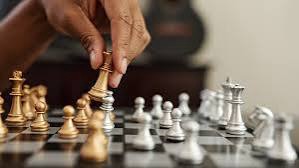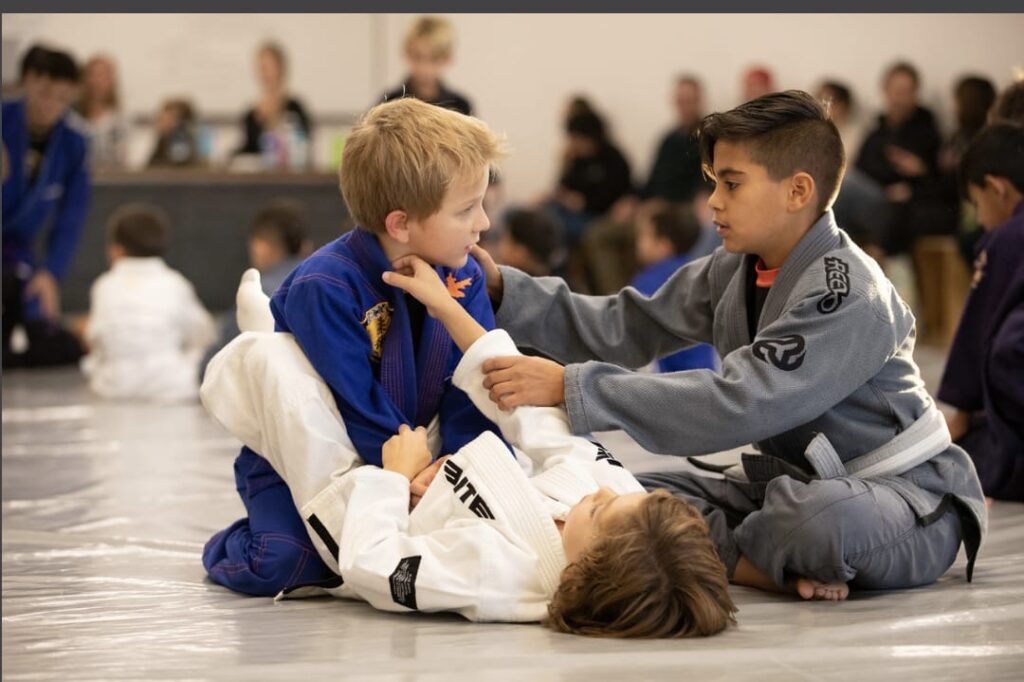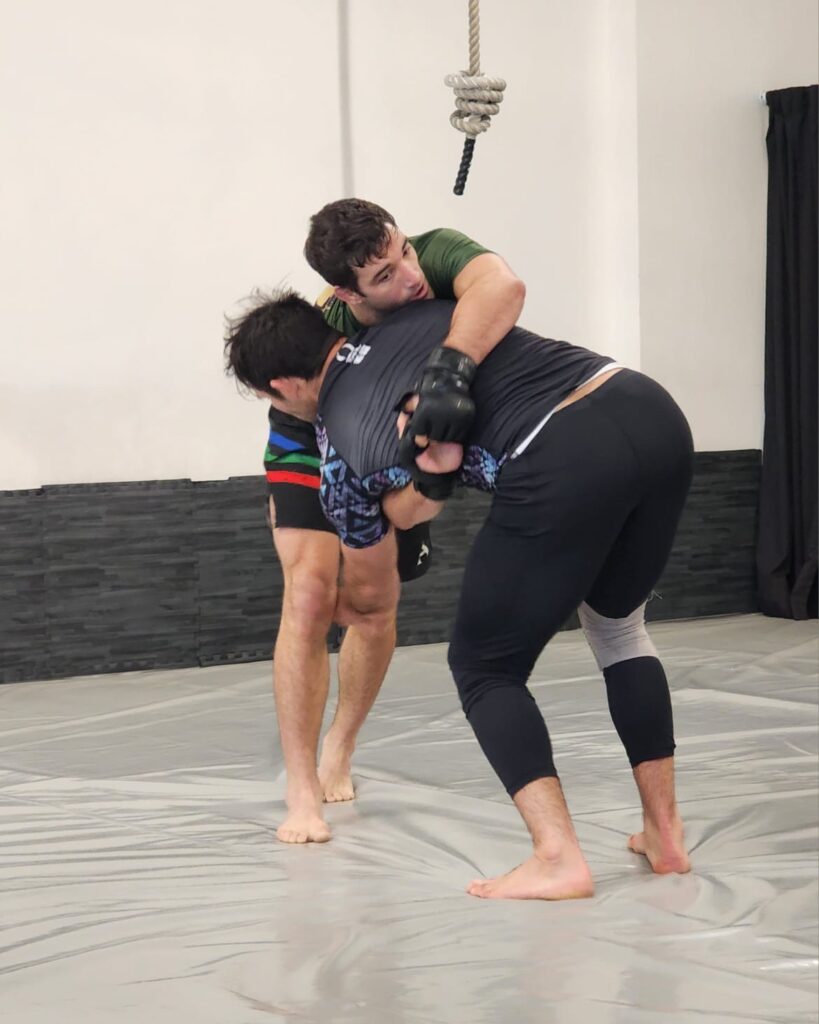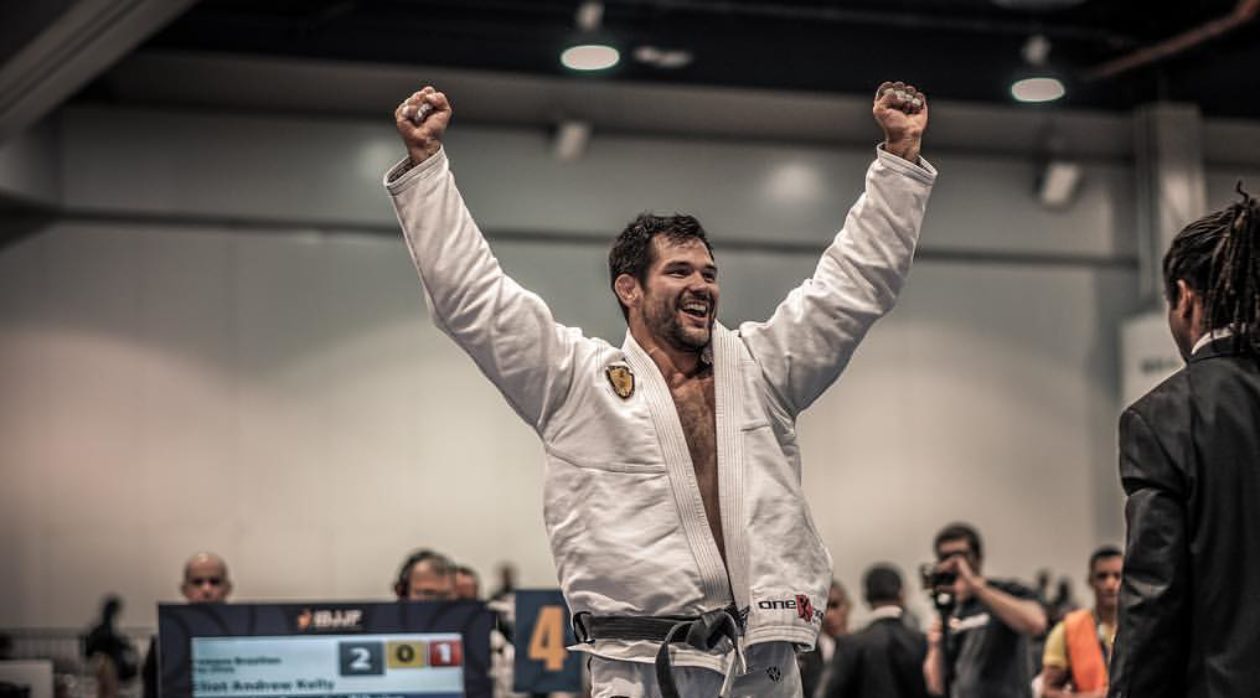
In the world of Jiu Jitsu, the mat is like a chessboard, and every match is a battle of strategy, patience, and control. Just like chess, Jiu Jitsu relies on knowing when to make the right moves, how to open strongly, control the “center,” and ultimately close with a well-executed finish. At El Dorado Hills Jiu Jitsu, understanding these connections helps students see that a strategic mindset is as crucial as physical strength or technique.
The Opening Moves
In chess, an opening move is designed to set the tone for the game, establish control over key areas, and test your opponent’s response. Similarly, in Jiu Jitsu, a solid opening sets you up for success and establishes control early in the match. Whether it’s setting up a grip, finding an angle, or initiating a takedown, the first move can dictate the pace and rhythm. A well-planned opening in Jiu Jitsu might mean controlling your opponent’s posture, maintaining a strong guard, or quickly taking top position. These moves set up the rest of the match and show your opponent that you’re in command.
Controlling the Center
In chess, controlling the center squares is essential for maneuverability and putting pressure on your opponent. In Jiu Jitsu, controlling the “center” can mean various things depending on your position—whether you’re on top, in guard, or trying to pass. For instance, if you’re in guard, controlling your opponent’s hips and centerline can give you leverage for attacks or sweeps. When passing, keeping your weight and pressure aligned over their center of gravity can break down their defense and limit their options. Just as in chess, when you control the center in Jiu Jitsu, you increase your options while restricting your opponent’s movement.
Anticipating Moves Ahead
Chess requires players to think several moves ahead, predicting their opponent’s intentions while preparing counters and traps. In Jiu Jitsu, this is mirrored in the constant anticipation of your opponent’s next move. Are they setting up a triangle? Trying to sweep? Experienced grapplers develop a sense of anticipation, recognizing patterns and understanding potential threats. Like a chess player predicting an opponent’s queen sacrifice, a skilled Jiu Jitsu practitioner sees the setup before it’s executed and responds accordingly.

Setting Traps
In both chess and Jiu Jitsu, sometimes the best offense is a well-timed trap. In chess, traps lure the opponent into making a seemingly favorable move that leads to disadvantage. In Jiu Jitsu, setting traps might look like giving an opponent an opening that they’re eager to take—only to counter with a well-prepared submission or sweep. For instance, you might leave an arm exposed in half guard, making it tempting for your opponent to reach for it, only to transition to an armbar or shoulder lock. Learning to set traps adds a new layer to your game, turning defense into offense and using your opponent’s intentions against them.
Closing the Game
The final moves in chess aim for checkmate—a decisive end to the game. In Jiu Jitsu, the closer, or finish, can be thought of in the same way. Submissions are the “checkmate” of Jiu Jitsu, where all preceding moves culminate in a decisive ending. From a choke to an armbar or leg lock, a well-executed submission brings the game to a close. Just as a chess master strategically builds toward a checkmate, a Jiu Jitsu athlete uses each position, grip, and shift in weight to build toward a finish, eliminating escape routes until the opponent is out of options.
Lessons from the Mat and the Board
The parallels between chess and Jiu Jitsu extend beyond individual matches; they encourage a mindset of patience, strategy, and adaptability. Just as chess players learn from every game, Jiu Jitsu practitioners learn from every roll. By studying both, we build the mental resilience and strategic insight that make us better not only as martial artists but also as thinkers and problem-solvers.
At El Dorado Hills Jiu Jitsu, we embrace the chess-like nature of Jiu Jitsu, teaching students to think, control, and strategize. By building these skills, every student not only sharpens their physical game but also strengthens their mind, preparing to roll with both skill and purpose.

